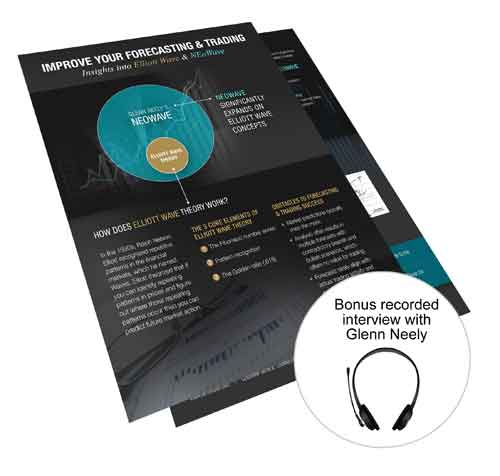Question of the Week: 7/8/2009
Why do you normally risk only 1% of capital on trades? If I have $10,000, and only risk 1% ($100), I would not be able to use the stops you recommend.
Answer:
Controlling risk is an absolutely essential part of a long-term, successful trading career. Failure to control risk, on even one occasion, can lead to serious consequences (i.e., account devastation). Based on Murphy's Law, and human psychology, we are likely to feel the least vulnerable financially when we are actually the most vulnerable (the "no down payment" 2006 real estate market is a perfect example of that phenomenon). As a result, the one time you decide not to control risk is likely to be the one time it is most needed.
Addressing the other part of your question, regarding limited trading capital and 1% risk, the more limited your capital, the less leverage you should employ. For those with $10,000 in capital to invest/trade, I recommend staying away from options, futures markets and leveraged ETFs. With limited capital you cannot afford to take big risks (exactly the opposite of what most do - they want to make a million from their $10,000, so they take big risks, which is why they usually only have $10,000 or less to invest - they keep losing it).
With limited capital, if you focus on non-leveraged ETFs, and keep share size to 100, it can be fairly easy to maintain risk at $100 per trade. If not, then consider raising risk to 2% per trade, but never higher. You also want to limit the duration of your trades to the Hourly or Daily time frame. The longer the time frame you trade, the more money required to enter trades because the distance between entry and stop is typically larger than Hourly or Daily trades.
 Click here to view NEoWave's Question Of The Week archive
Click here to view NEoWave's Question Of The Week archive



